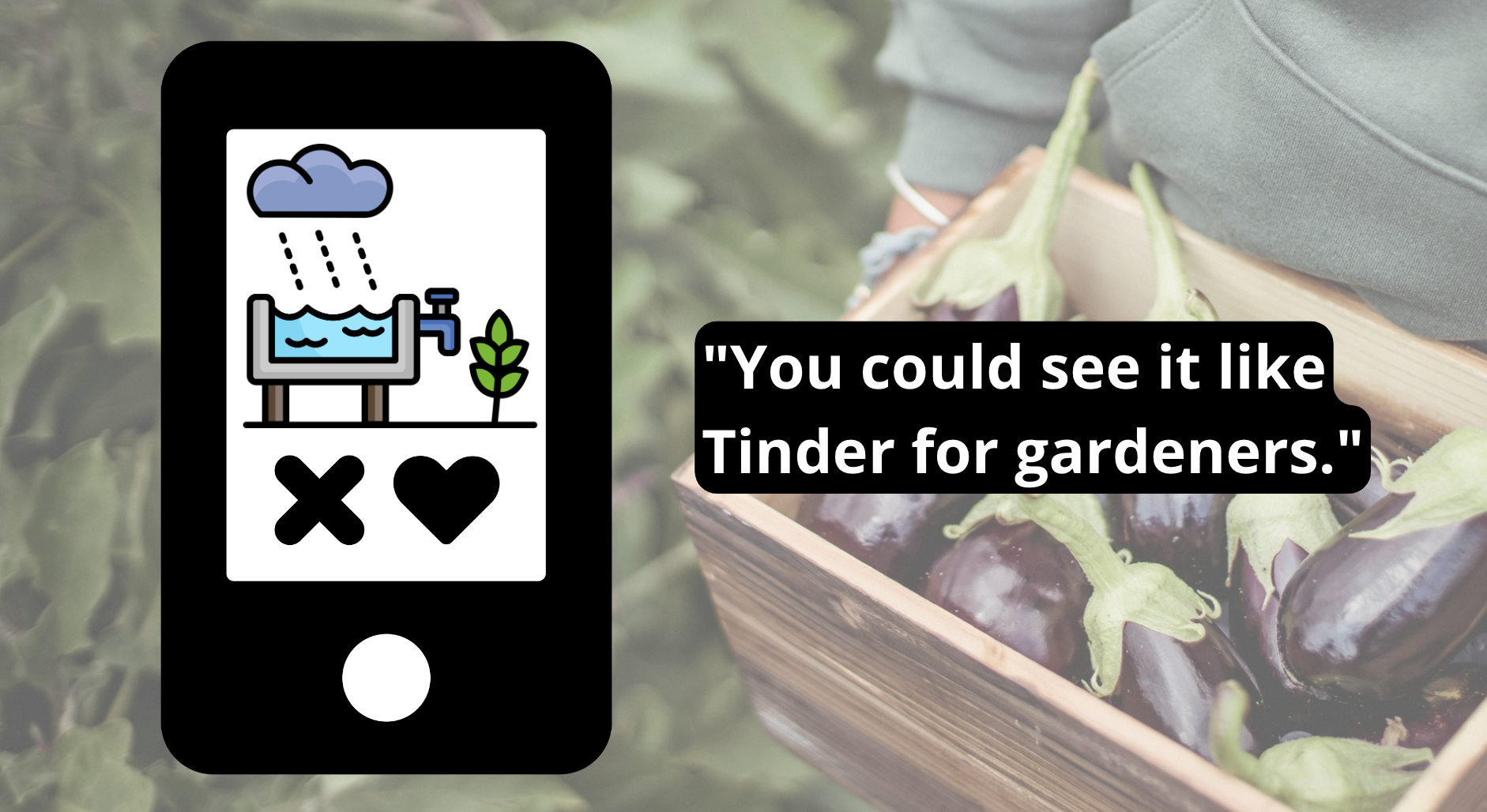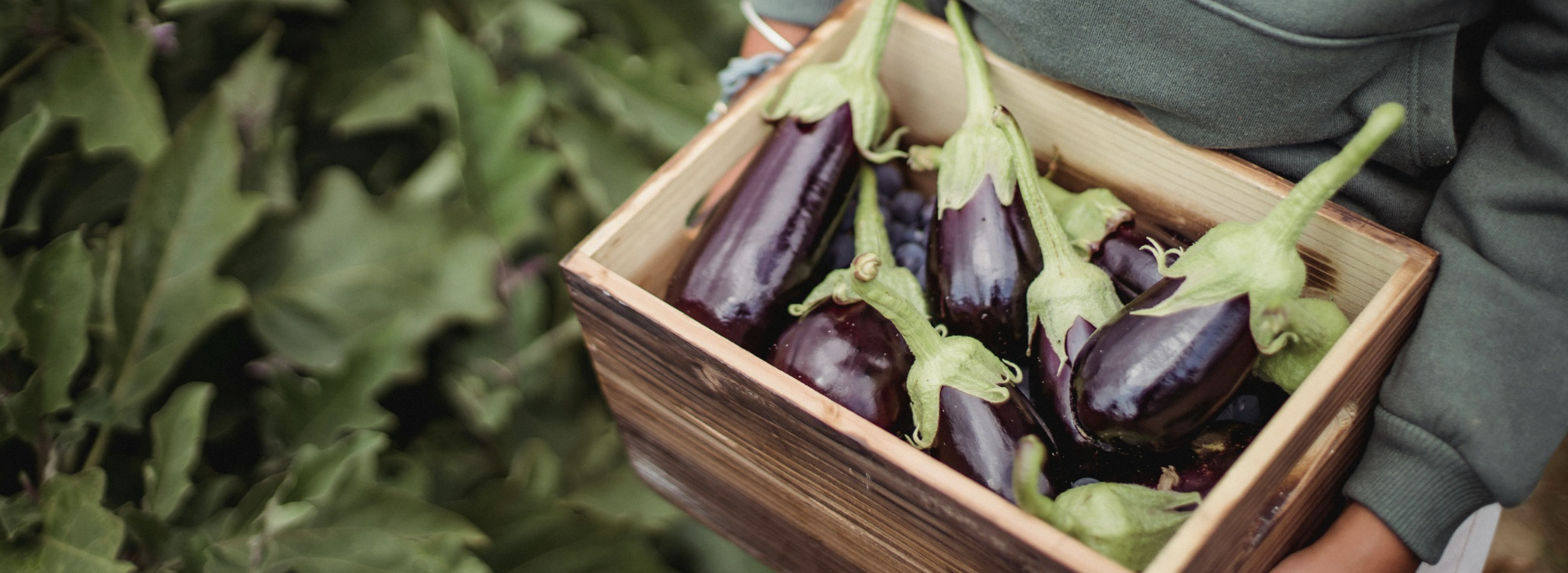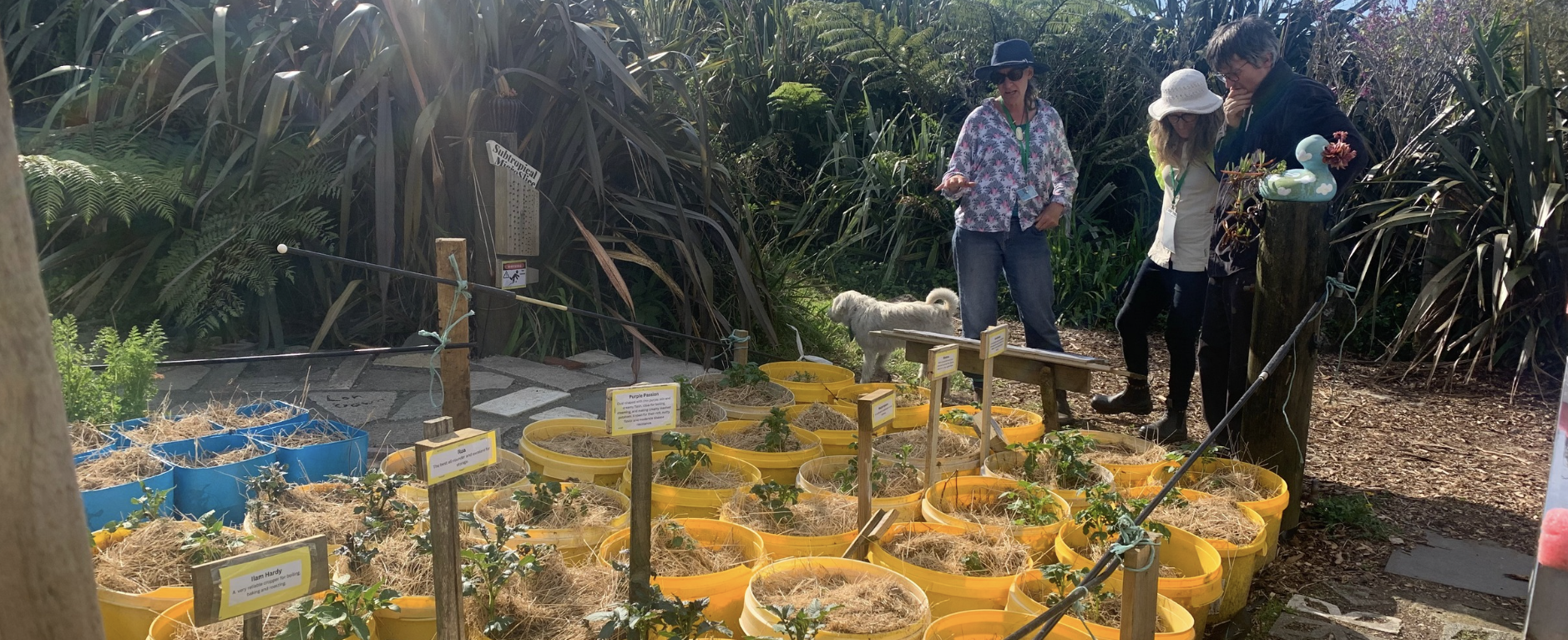Led up the garden path
Permaculture has deep roots in Aotearoa, but for many years it sat outside what mainstream gardeners considered desirable—often relegated to the realm of ‘hippies,’ greenies, and tree huggers. My grandparents had a huge veggie garden on their quarter acre, complete with half a dozen fruit trees grafted with different varieties. They definitely weren’t hippies; instead, they had a lawn edge at very reliable right angles, and every veggie had its place—in a neat row. The two styles of growing were like the classic mismatched couple, but they both generated sustenance.
Somewhere along the line, growing your own fruit and veg fell out of favour with the masses—blame lack of time, the convenience of supermarkets, or the unaffordability of owning land. But then came the global pandemic, shaking things up. Suddenly, people rediscovered the joy of plucking something from their own garden instead of making a quick run to the supermarket. It was a refreshing reminder that our backyard—just like a good relationship, thrives when you give it a little attention. As folks rolled up their sleeves and got their hands dirty, they realised that growing your own food isn’t just beneficial for your budget; it’s a way to cultivate a deeper connection with the world that grows around us. Low and behold, nature has got a few years experience under her belt when it comes to reproduction and playing cupid.
Mother nature - no one plays cupid better
And it's the extent of nature’s prowess that is beginning to take root with many gardeners—plants grow themselves, they seed, and if you’ve got a heritage variety, you can grow those very seeds. What’s more, some plants help each other grow—like beans fixing nitrogen for their leafy companions. And we all know that insects pollinate plants, but now we’re becoming more aware that beneficial insects keep pesky ones in check. There’s a whole ecosystem of players in the garden, and they don’t need to be bought (they’re just not keen on being sprayed).
As science catches up with the intricacies of soil health and the complex relationships between species, more and more people are turning toward natural ways of creating a productive backyard. Once upon a time, many of us wouldn’t think twice about using chemical sprays to protect our juicy fruit trees, but now we’re more discerning, eyeing up natural alternatives to meet our needs. Instead of buying synthetic fertilisers, we’re composting food scraps, trying out a worm farm, or using ash from the fire—finding a love for what we already have at home.
Opening up the relationship
Gardeners open their front gates, ready to chat about their choices and share their successes, much like friends swapping stories over coffee. At its inception, the properties involved showcased how permaculture could be deeply embedded into the landscape. Yes, these were the greenies—the natural gardeners leading the charge. Ten years later, the Backyards Trail has opened up in its approach, featuring a range of properties at various points on the sustainable spectrum.
You could see it like Tinder for gardeners - pick and choose properties depending on size and style - see what suits you, explore things you want to try out, get a little dirty at a small group workshop. And you don’t need to go all in, instead, over the years you dabble in one thing and another—no pressure to commit to serious landscape renovations too soon.
Wade and Anna from Frugal Food Forest purchased their first home a few years ago. They worked out the properties’ strengths and challenges, picked up several ideas from other Backyards, and applied their new skills to their flat, sunny but windy 400 sqm property. They’re keen to share what they’ve learnt so far while the transformation is fresh.
Just down the road, there’s Mieke at Heart and Soil—a quarter-acre section on a steep slope with limited sun. For the last ten years, Mieke has done a deep dive into permaculture. She’s a wealth of knowledge, like the wise friend who knows all the right moves for taking your urban backyard to the next level be it natural systems, companion planting, beneficial insects, or natural fertilisers.
Maybe it’s the science of soil that gets you excited? A must-see is Dr. Caroline Gottfert at Eudaimonia who takes a scientific approach to investigating potato varieties relative to fertilisers and crop yields, through to donkey paddocks segregated into quadrants to analyse beneficial clover growth. She values a holistic view of the planet’s health yet knows how to wrap her hand around a microscope to get close up with microbes.
Speed date or intimate experience?
These are just three of your potential matches! There are 26 backyards waiting for you to swipe right - do you prefer to speed date your way through as many as you can, or enjoy a deeper, more intimate experience? Let your eye linger on that chocolate sage, dabble in a workshop or two.
As permaculture continues to gain momentum, the old stereotypes are fading. It’s no longer confined to the “hippie” image; it’s now hip to be green. The Taranaki Sustainable Backyards Trail offers a space where gardeners from all suburbs, sections, and styles can explore sustainable practices. Where the backyard-curious and seasoned pros come together to share experiences, cultivating a deeper appreciation for the food we grow and the natural systems that sustain it. So, dig in and see where this green gardening adventure might lead—who knows what kind of connections you’ll nurture along the way?
www.sustainablebackyards.org.nz
Article written by Jen, our Sustainable Trails coordinator.




